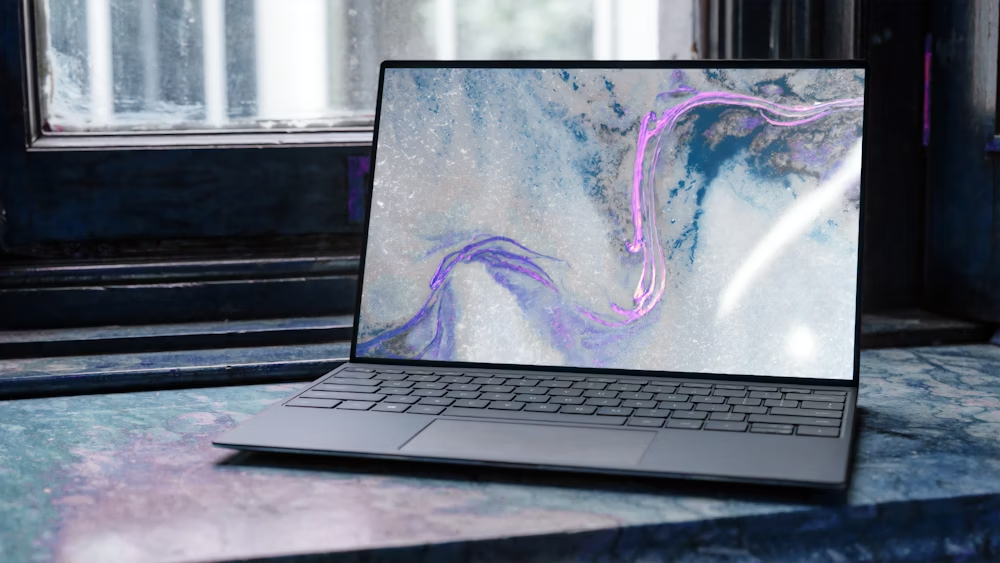Walking into a store or browsing online for a new laptop can feel overwhelming. You’re immediately bombarded with a alphabet soup of acronyms: CPU, RAM, SSD, GPU, GHz. Sales pages are filled with technical jargon that means little to the average user.
But you don’t need to become a computer engineer to find a great laptop. You just need to know what you want to do with it. This guide will translate the tech-speak into plain English and help you find the perfect laptop based on your actual life, not on confusing specs.
Step 1: Forget the Specs (At First). Answer This Question Instead.
The most important factor isn’t a processor name; it’s your lifestyle. Ask yourself:
“What will I primarily use this laptop for?”
Choose the category that best fits you:
-
The Everyday User: Web browsing, checking email, watching Netflix, video calls with family, managing photos, and using Microsoft Office/Google Docs.
-
The Student: Everything the Everyday User does, plus writing papers, research, multitasking with many browser tabs, and carrying it around campus.
-
The Professional/Content Creator: Photo editing, light video editing, graphic design, coding, data analysis, or running complex software.
-
The Hardcore Gamer: Playing the latest, most graphically demanding video games.
Your answer here will determine your budget and the specs you actually need.
Step 2: Demystifying the Tech Jargon
Now, let’s translate the key components. Think of it like building a team for a job.
1. The Brain: CPU (Processor)
This is the brain of your computer. It handles all the instructions and tasks.
-
Plain English Translation: How fast and efficiently your computer can think and work.
-
What to look for:
-
Everyday Users & Students: An Intel Core i5 or AMD Ryzen 5 processor is perfect. Plenty of power for daily tasks.
-
Professionals/Creators: An Intel Core i7 or AMD Ryzen 7 (or higher) is better for demanding software.
-
Gamers: Look for the latest Intel Core i7/i9 or AMD Ryzen 7/9 series.
-
2. The Desk: RAM (Memory)
This is your computer’s short-term memory. It holds the data for the programs you’re currently using.
-
Plain English Translation: How many things you can have open at once without everything slowing to a crawl.
-
What to look for:
-
Minimum for anyone: 8GB. This is the standard for smooth performance today.
-
Ideal for Most People: 16GB. This is the sweet spot for comfortable multitasking and future-proofing your purchase.
-
Professionals/Gamers: 32GB or more. Necessary for massive video files, complex simulations, or high-end gaming.
-
3. The Filing Cabinet: Storage (SSD vs. HDD)
This is your long-term memory where your operating system, programs, photos, and files are stored.
-
Plain English Translation: How much stuff you can store and how quickly your computer can access it.
-
What to look for:
-
SSD (Solid State Drive) is a MUST. This is non-negotiable in 2024. It makes your laptop boot up in seconds, open programs instantly, and feel incredibly fast. Avoid old-fashioned, slow HDDs (Hard Disk Drives) for your main drive.
-
How much storage?
-
256GB SSD: Okay for light users who store everything in the cloud.
-
512GB SSD: The best starting point for most people.
-
1TB SSD or more: Ideal for professionals, creators, and gamers with large files.
-
-
4. The Canvas: Screen
You’ll be staring at this all day.
-
Plain English Translation: How good your movies, photos, and work will look.
-
What to look for:
-
Size: 13 to 15 inches is the most popular for a balance of portability and usability.
-
Resolution: Full HD (1920×1080) is absolutely fine for most people. Don’t feel pressured to pay more for 4K unless you’re a professional video editor.
-
Bonus: Look for an IPS panel for better color and wider viewing angles.
-
Step 3: Pulling It All Together – Recommendation Cheat Sheet
| Use Case | Recommended Specs | Budget Estimate |
|---|---|---|
| Everyday User | Intel i5 / Ryzen 5, 8GB RAM, 256GB SSD, 13-15″ Screen | $500 – $800 |
| Student | Intel i5 / Ryzen 5, 16GB RAM, 512GB SSD, 13-14″ lightweight | $700 – $1,000 |
| Professional/Creator | Intel i7 / Ryzen 7, 16GB-32GB RAM, 1TB SSD, High-quality screen | $1,200+ |
| Gamer | Intel i7 / Ryzen 7, 16GB-32GB RAM, 1TB SSD, Dedicated GPU | $1,500+ |
Step 4: Don’t Forget the “Feel”
Specs aren’t everything. Once you’ve narrowed it down based on the above, consider:
-
Keyboard & Trackpad: If you type a lot, a good keyboard is essential. Try it in a store if you can.
-
Portability: How much does it weigh? Will you carry it every day?
-
Battery Life: Look for reviews that cite real-world battery performance, not just the manufacturer’s claim. Aim for 8+ hours for real portability.
-
Ports: Do you need an HDMI port to connect to a monitor? Do you need a USB-A port for your old flash drives? Or are you all-in on USB-C? You may need to budget for dongles.
The Golden Rule
The best laptop for you is the one that fits your needs and feels good to use. You don’t need to buy the most expensive one. You just need to buy the right one.
Still unsure? Drop your primary use case and budget in the comments, and I’ll try to point you in the right direction!

